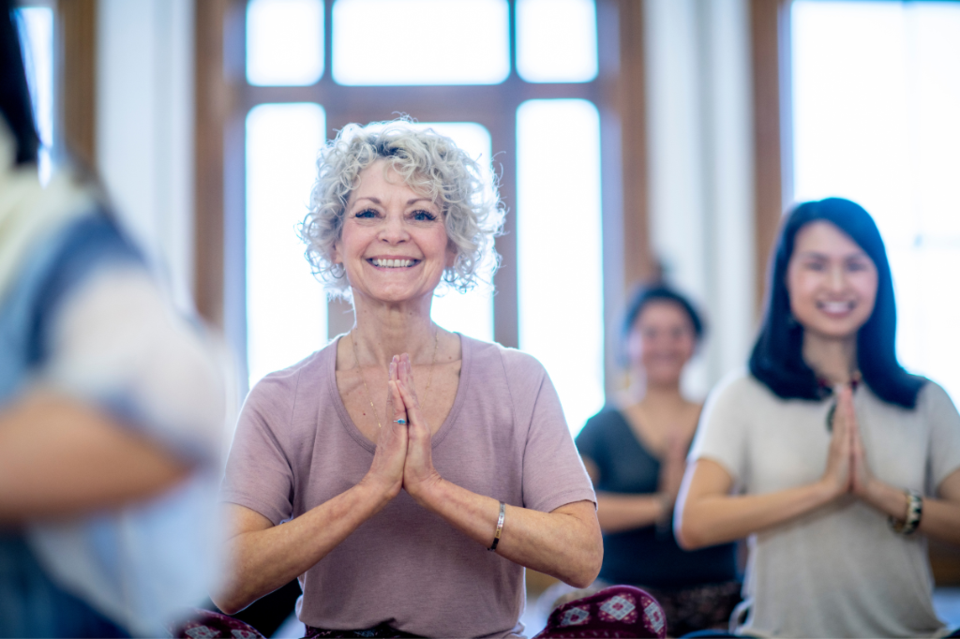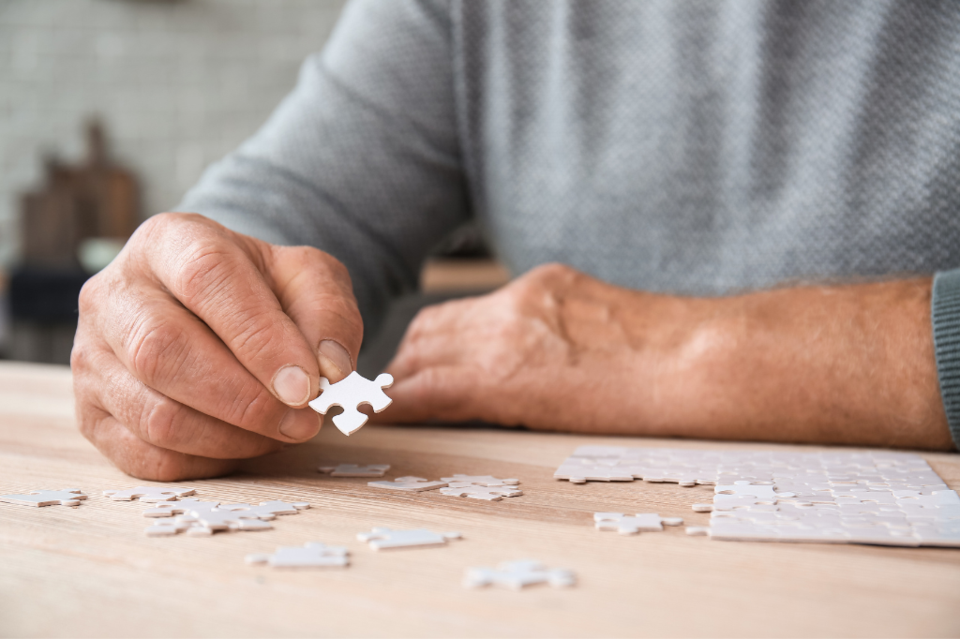Aging. It gets a bad rap. But what if the things you think are inevitable are actually giant myths holding you back? Let's debunk some of the worst aging myths and unlock the secrets to a long, healthy life!
Myth #1: You Can't Teach an Old Dog New Tricks
Reality: Brains are like muscles - use it or lose it! But unlike muscles, they can keep growing well into your golden years. Learning new things strengthens cognitive function, boosts memory, and keeps you mentally sharp.
What to Do: Sign up for that pottery class, take a language course, or finally master that sudoku puzzle. Your brain will thank you for the challenge!
Myth #2: Sleep Needs Shrink with Age
Reality: Don't be fooled by those early morning wake-up calls. Most adults, regardless of age, still need 7-9 hours of quality sleep each night. Adequate sleep fuels your body and mind, promoting better health and well-being.
What to Do: Establish a relaxing bedtime routine, create a sleep-conducive environment, and ditch the screens before bed. Sweet dreams!
Myth #3: Exercise is Risky for Older Adults
Reality: Movement is medicine! Regular exercise strengthens bones and muscles, improves balance and coordination, and reduces the risk of chronic diseases. It's never too late to start - find activities you enjoy, like walking, swimming, or gentle yoga.
What to Do: Consult your doctor to create a safe and effective exercise plan tailored to your fitness level. Remember, even small amounts of activity make a big difference.
Myth #4: Depression and Loneliness Come with the Territory
Reality: Feeling down or isolated doesn't have to be a part of aging. Social connection and a positive outlook are crucial for well-being.
What to Do: Nurture your social circle, volunteer in your community, or join a club. Prioritize activities that bring you joy and connect with like-minded people. Don't hesitate to seek professional help if you're struggling with mood or loneliness.
Myth #5: Aches and Pains are Just Part of Getting Older
Reality: While some discomfort is natural, chronic pain shouldn't be your norm. Talk to your doctor to identify the cause and explore treatment options.
What to Do: Maintaining a healthy weight, staying active, and practicing good posture can all help manage pain. Explore therapies like physical therapy or massage for additional relief.
This is an AI-powered collaborative article. All AI-assisted content undergoes thorough human review and validation prior to publication.








